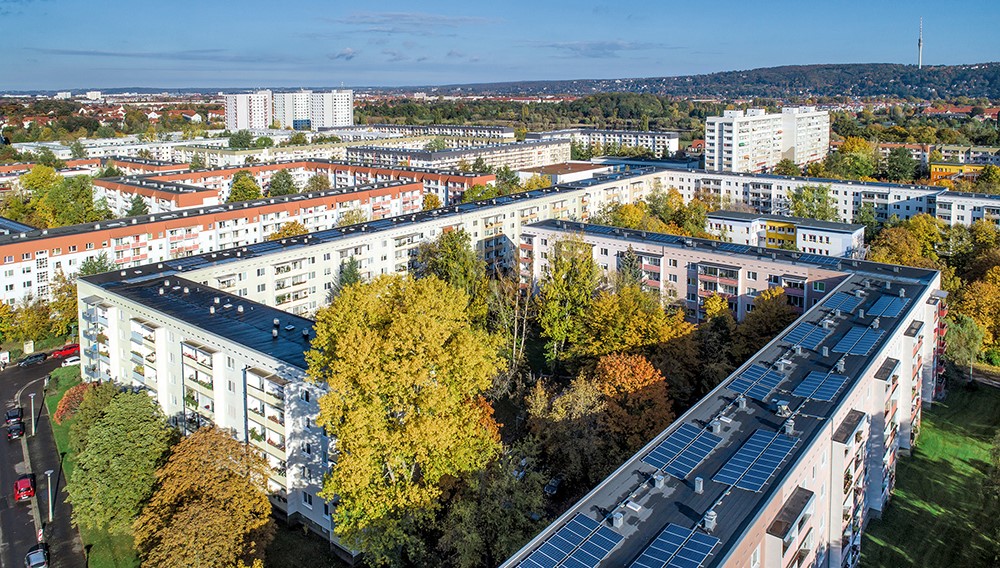Risks Related to Operating Business
A total of 54 (2020: 52) risks were identified in this risk category. With the exception of the abovementioned amber risk relating to a “deteriorating residential property market situation with regard to apartment sales/buyer behavior," all risks in this category are green risks that are not of any material significance.
A drop in property values due to market-related factors can result in a reduction in the fair values of Vonovia’s portfolio in the context of the fair value measurement process, albeit without this impacting liquidity. We currently assess this risk as being associated with a high amount of loss, but believe that it is very unlikely to materialize. Vonovia counters this risk by ensuring that its portfolio is diversified in terms of location. This reduces its reliance on local market developments. Negative market developments can also have an impact on the opportunities to sell apartments and buildings. Vonovia has established a stringent process for setting sale prices in order to monitor this risk. In addition, sales volumes, prices and margins are reported to the management team on a regular basis so that the company can respond quickly to market developments.
Structural risks, e.g., relating to fire protection, could arise in Vonovia’s portfolio due to insufficient information on how the building construction work was executed. At present, we have assigned this risk a low amount of loss of € 5–25 million and a probability of occurrence of 5–39%. Vonovia counters this risk by carrying out regular inspections and checks on its properties, ensuring that any faults identified are rectified immediately, developing and implementing suitable fire protection concepts and implementing any amendments to construction regulations as part of a structured process. This procedure is also incorporated directly into the process for integrating real estate portfolios purchased by Vonovia.
Risks in the Development business can arise throughout the entire developmental cycle of the individual projects. These risks arise, in particular, from higher project costs as well as from changes in market conditions and customer preferences. We currently assess each of these risks as being associated with a significant amount of loss of € 25–100 million and a probability of occurrence of 5–39%. In order to counter these risks, Vonovia has established detailed due diligence measures that it applies whenever it purchases land as well as in its project and contract management activities. Furthermore, we closely monitor market developments. If necessary, Vonovia also has the option of adding apartments that it intended to sell to third parties to its own portfolio.
When it comes to the development of new fields of business in the Value-add segment, risks can arise from the design and implementation of the business models. Procurement prices can also develop differently than expected. At present, we have assigned this procurement price risk in our energy services area a low amount of loss of € 25–100 million and a probability of occurrence of <5%.
Failure to comply with statutory occupational health and safety and occupational safety management provisions could create risks for Vonovia. We currently assess these risks as being associated with a substantial amount of loss but believe that they are very unlikely to materialize.
What is more, crisis situations or catastrophes, such as floods, earthquakes, extreme weather events, etc. could have an impact on our real estate portfolio and require specific crisis management measures. We do not believe that climate change gives rise to any significant direct risks at the moment, e.g., caused by extreme weather conditions such as heavy rain with the potential for floods.



